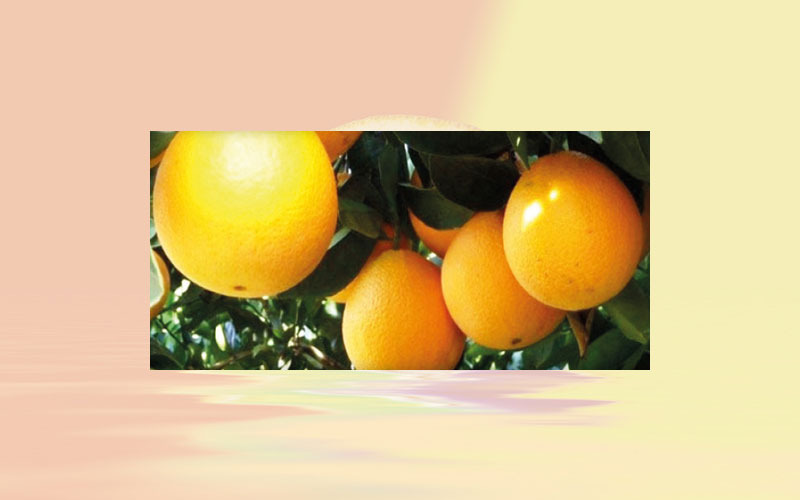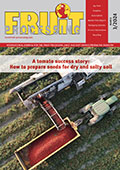Brazil: Despite supply increase, profitability is positive in 2019
Production in the citrus belt (São Paulo and Triângulo Mineiro) is higher in the 2019/20 season. The demand for fruits, in turn, was firm in 2019 because of low ending stocks of orange juice at processing companies from São Paulo. Therefore, higher demand and the record productivity in the field kept profitability positive.

Production in the citrus belt (São Paulo and Triângulo Mineiro) is higher in the 2019/20 season. The demand for fruits, in turn, was firm in 2019 because of low ending stocks of orange juice at processing companies from São Paulo. Therefore, higher demand and the record productivity in the field kept profitability positive. Moreover, the fact that most trades with the industry had been closed previously and at the same price levels observed on 2018/19 also favored profitability.
Fundecitrus (Citrus Defense Fund) released a report in December indicating that the orange production in the citrus belt may increase 34.7 % in 2019/20, totaling 385.31 million 40.8-kilo boxes. Productivity per hectare is likely to reach 1,041 boxes, a record. The good result is attributed to favorable weather during flower development (in the second semester of 2018) and to the fact that plants recovered after the previous lower production.
INDUSTRY – Prices for the industrial sector concerning the contracts closed in October and November 2018 ranged from 20.00 to 22.00 BRL per 40.8-kilo box, harvested and delivered at processors, similar to that in the previous crop, despite the current high supply. However, for the producers who trade with companies in the spot market, values were at 20.00 BRL per box – in the previous season, they reached 26.00 BRL per box.
However, quotes in the spot market increased in December, scenario that may be related to perspectives for lower production in the 2020/21 season. As a result, one of the major processing companies started to purchase fruits at 20.00 BRL per box from December onwards – the average price most part of the crop was 18.00 BRL per box, harvested and delivered. Another major company continued to bid 18.00 BRL per box in the last month of 2019, but the price was 16.00 BRL/box during the season.
INVENTORIES – In 2019/20, the industrial demand was firm, due to low stocks at processing companies in São Paulo, of 253.18 thousand tons of orange juice in June/19, according to CitrusBR. This volume is 26.2 % lower compared to that in the 2017/18 season.
IN NATURA MARKET – Higher orange supply pressed down quotes in the in natura market in 2019. Between July and November, the average price for pear oranges was 29 % below that in the same period of 2018, in nominal terms.
However, the 2018/19 harvest was small, pushing up quotes, which hit nominal records from July to December 2018, considering Cepea series (since 1994). Compared to quotes in the 2017/18 season, price averages between July and November 2019 were 20 % higher, in nominal terms.
EXPORTS – After a season with low shipments, orange juice trades to the international market have recovered in 2019/20. The good performance is linked to the higher production in São Paulo and the possible needs to build stocks from juice bottling companies. In the partial of the season (from June to November/19), 550.13 thousand tons of orange juice were exported to all destinations, 46 % more compared to the same period last crop.
TAHITI – The market behavior was atypical in 2019. Despite the higher production, values were high throughout the year, sustained by firm demands (domestic and international). The average from January to November was 34.58 BRL per 27-kilo box, harvested, only 4.3 % down compared to that in 2018, in nominal terms.
Brazilian exports of tahiti lime hit a record last year. The dry weather in Mexico, major competitor regarding shipments to the European Union, favored exports good performance.









